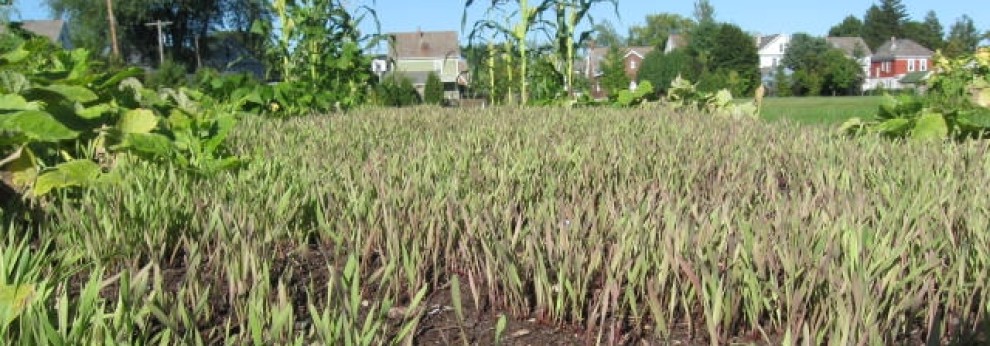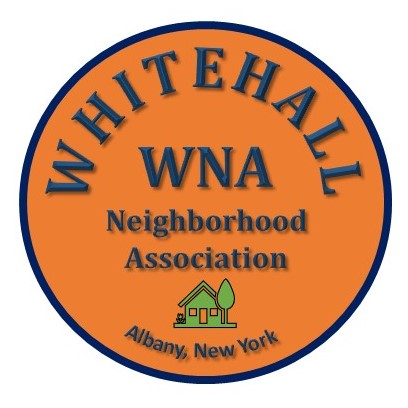The grounds around Buckingham Pond, maybe a mile and a half from Albany High School, aren’t kept as tidy as we once expected our public parks to be. And with good reason, as explained on the sign in the first accompanying photograph. All the sculpting and groomi ng and lawn-mowing we subject hill and dale to in parks and office campuses and at golf courses and schoolyards destroy habitat that plants and animals depend on. And diverse populations of flora and fauna actually are good for the health of our communities and maybe even the sustainability of life on this planet.
ng and lawn-mowing we subject hill and dale to in parks and office campuses and at golf courses and schoolyards destroy habitat that plants and animals depend on. And diverse populations of flora and fauna actually are good for the health of our communities and maybe even the sustainability of life on this planet.
So here’s a thought: If Albany’s Department of General Services can take the long view, it appears with encouragement of the Buckingham Bond Conservancy, maybe we can encourage the grounds keepers at the city’s schools to think about the same thing. Habitat restoration is one worthy pursuit. But the value could be even greater around a school, where a bit of undevelopment could help teach. Indeed, it could help teach on two different levels: 1) Unmowed lawns, even if just a small part of a school’s grounds, would create opportunities for science teachers to move beyond passive classroom lessons to real hands-on field experience, yet within steps of the schoolhouse door. As one among many examples, better than telling students how species adapt to their environment, teachers could build instruction around students identifying and handling examples of adaptation. 2) When so many of us spending less time in nature than almost ever before, the undeveloped spot on school yards would help convey how vital environmental stewardship is.
Again, as one among many possible examples, take a look at the small burrows carved into a chunk of wood in the second accompanying photo, taken last August a few feet from Albany High. This bit of evidence of a relationship between something small, an insect perhaps, and a pine tree was revealed when the trunk of the dead tre e snapped. The opportunity to make sense of interdependence or maybe the harm created by an invasive species lay on the ground clearly visible from second- and third-floor windows inside the school. It disappeared, however, within days when the tree trunk was cut into small pieces and removed.
e snapped. The opportunity to make sense of interdependence or maybe the harm created by an invasive species lay on the ground clearly visible from second- and third-floor windows inside the school. It disappeared, however, within days when the tree trunk was cut into small pieces and removed.
–Bill Stoneman



